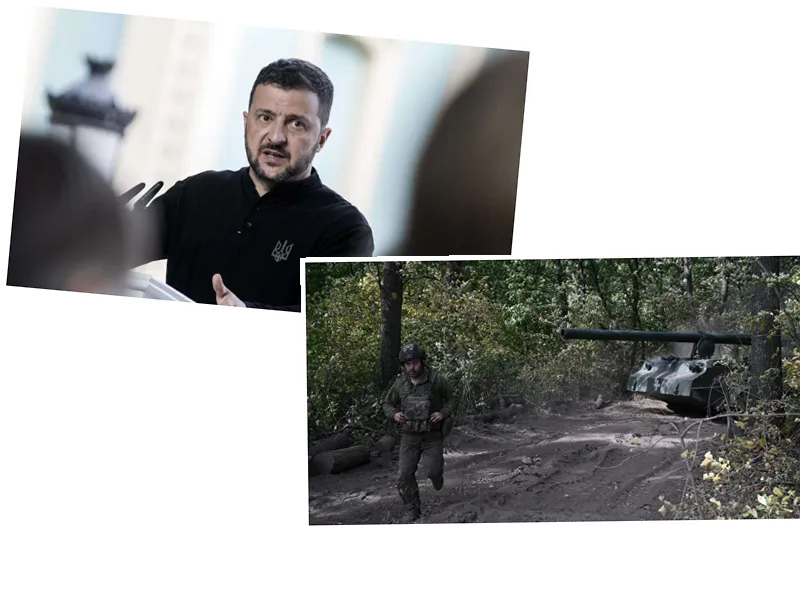EU Uses Frozen Russian Assets to Fund Ukraine Amid Complex Geopolitical Tensions
In a significant policy move, the European Union (EU) announced a decision to utilize interest generated from frozen assets of the Russian Central Bank to support military aid and reconstruction efforts in Ukraine. This decision, made official on May 21, comes amidst ongoing conflicts and aggressive measures by Russia. According to the German Press Agency, around €210 billion from the Russian central bank is currently frozen within the EU, generating an annual income of approximately €3 billion in interest income.
The EU plans to allocate 90% of this revenue towards military support for Ukraine and the remaining 10% for its reconstruction. This strategic use of interest income comes as a balance between maintaining Europe's reputation as a trading hub and addressing Ukraine’s urgent needs. EU Commission chief Ursula von der Leyen and EU foreign policy chief Josep Borrell developed the proposal, with support from EU countries' ministers.
Global Reactions and Risks
Russian authorities have strongly objected to this decision. Presidential Spokesman Dmitry Peskov warned of serious legal ramifications for those who exploit these assets. Kremlin has shown readiness to retaliate with similar measures, including threats to confiscate private assets from Western countries.
Within Europe, Estonia has been proactive, drafting a law to allow the use of frozen Russian assets for reparations to Ukraine, setting a historical precedent. Estonia's Prime Minister Kaja Kallas emphasized the significance of this legal development for Europe’s stance on aggression and reparations.
This measure does not come without risks. German Chancellor Olaf Scholz described the asset question as 'terribly complicated,' highlighting the precarious balance the EU must maintain to avoid legal and diplomatic fallout. Legal risks also deter Germany from broader asset confiscation, reflecting a cautious stance on this complex geopolitical issue.
Ongoing Conflict and Military Dynamics
The military conflict continues to intensify, impacting geopolitical decisions. Former Russian President Dmitry Medvedev has targeted Ukrainian President Volodymyr Zelensky, labeling him a 'legitimate military target' and threatening him with severe consequences. Despite these threats, EU spokesperson Peter Stano reaffirmed support for Zelensky, highlighting the impossibility of free elections under continuous Russian attacks.
On the battlefield, Russian forces have made advances, notably in the Lugansk region, and continue their bombardments across various territories. Ukrainian forces, facing pressure, have seen continued support from Western allies despite Kremlin accusations of hysteria and desperation.
In summary, the EU’s decision to leverage interest from frozen Russian assets marks a significant strategy in supporting Ukraine amidst ongoing conflict. The geopolitical landscape remains complex, with Europe treading carefully on legal and diplomatic fronts while confronting aggressive measures from Russia.
- The decision to use interest income from frozen Russian assets is part of a broader strategy to support Ukraine without breaking international laws concerning asset confiscation. This approach allows the EU to provide much-needed aid while minimizing the risk of reciprocal actions from Russia.
- Italian and other European countries are also navigating their dependence on Russian gas. As the current agreement on gas transit through Ukraine nears its end, these countries are pursuing alternatives to reduce reliance on Russian energy. This transition is part of the EU’s larger effort to economically isolate Russia while bolstering Ukraine’s resistance.
- The dynamic on the ground remains fluid, with significant military actions from both sides. Russian claims of territorial advances in the Donbass region contrast with Ukrainian reports of successful drone defenses and continued Western military support. Both Ukraine and Russia experience ongoing civilian casualties, adding pressure on international responses and highlighting the dire need for a resolution.






